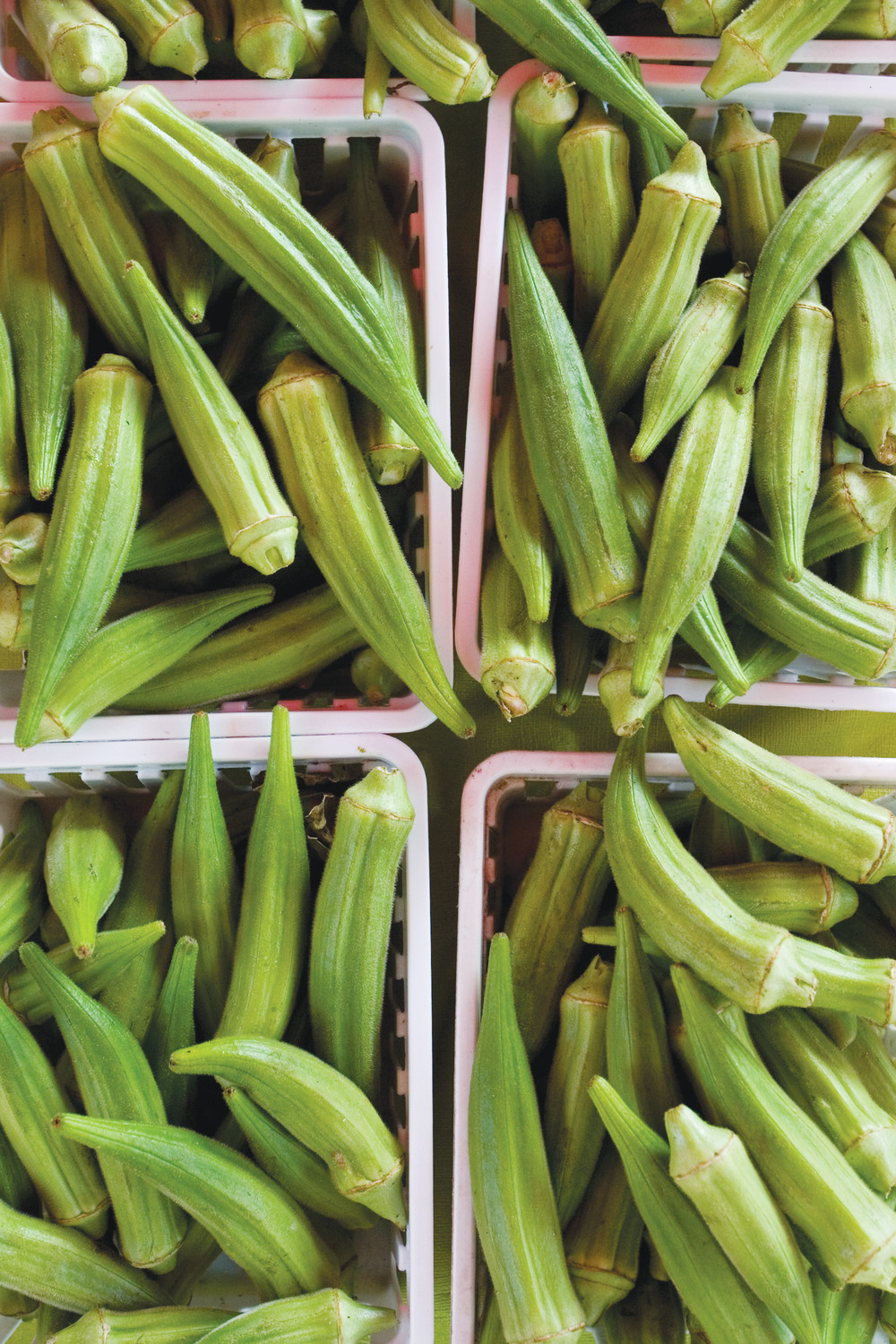Summer-Loving Vegetables
For Publishing on or After May 25th, 2018
By Wayne Hobbs, Environmental Horticulture Agent, Clay County
Growing up in the Northeast, I always helped my grandparents in their extensive garden …
This item is available in full to subscribers.
Attention subscribers
To continue reading, you will need to either log in to your subscriber account, or purchase a new subscription.
If you are a current print subscriber, you can set up a free website account and connect your subscription to it by clicking here.
If you are a digital subscriber with an active, online-only subscription then you already have an account here. Just reset your password if you've not yet logged in to your account on this new site.
Otherwise, click here to view your options for subscribing.
Please log in to continueDon't have an ID?Print subscribersIf you're a print subscriber, but do not yet have an online account, click here to create one. Non-subscribersClick here to see your options for subscribing. Single day passYou also have the option of purchasing 24 hours of access, for $1.00. Click here to purchase a single day pass. |
Summer-Loving Vegetables
For Publishing on or After May 25th, 2018
By Wayne Hobbs, Environmental Horticulture Agent, Clay County
Growing up in the Northeast, I always helped my grandparents in their extensive garden and May was our main time of work. With frost being a danger, we would often wait until early to Mid-May to plant, with Memorial day always being the cut-off for planting. However, as any Florida gardener will tell you, we deal with a whole different animal with our summers.
At this point, we are starting to stare down a sweltering summer and most vegetables just cannot take the heat. However, a few stalwarts are planted in summer and can thrive.
Okra
A southern mainstay, okra is one of the few vegetables that we plant in summer. Technically, it is a member of the same family as a hibiscus and they are usually planted by seed or transplant in March to June. Outside of the produce, most varieties have very attractive flowers as well.
Liking full sun and well-drained soil, they will grow throughout the summer and are usually ready to harvest about 60 days after planting, when pods are 2-3 inches in length. Pick the pods early and often, as the older ones become tough and remember to use gloves and clippers, so you don’t get pricked by the plant’s hairs.
Southern Peas
Southern peas are another staple of southern food, including cream, crowder, and black-eyed varieties. They are usually seeded in April through July and will withstand our harsh summers. While they are drought tolerant, mulching around the base of the plants can help with moisture loss.
After about two and a half months, pods should be ready to be picked and this should be continued throughout the growing season to encourage more flowering and food production.
Sweet Potatoes
Another great performer in a summer garden is a sweet potato. This vining vegetable is started from slips, which are new plants grown from cut sweet potatoes, in March through June and will spread heavily in the garden. The root crop takes about 3-4 months to fully mature but each plant can have a great yield.
Peppers
The final crop we are taking a look at in this article is the pepper. These cousins of the tomato (which definitely does not like our summer), grow well in sandy, well-drained soil. Many varieties are available but for the best results, check out the varieties suggested in the Florida Vegetable Gardening Guide at http://edis.ifas.ufl.edu/vh021. At this point, wait until July to start your next crop so you will have fresh peppers in the early fall.
While summer is often a dead time for the Florida garden, you do have several options to pass the time until August, when fall crops can be planted. Pumpkins are another summer crop but they will be covered in their own article in a few weeks.
Another option is to cover your garden areas through the season with clear plastic that is well sealed on all sides. This process known as solarization can help to kill diseases and weeds in the soil and prep your garden for the future.
If you have any horticultural, agricultural, 4-H, or family and consumer science questions, contact the University of Florida/IFAS Clay County Extension Office online at http://www.clay.ifas.ufl.edu or call by phone at (904)284-6355.








